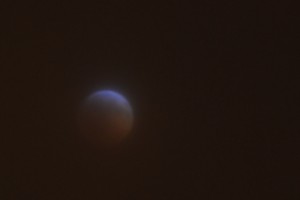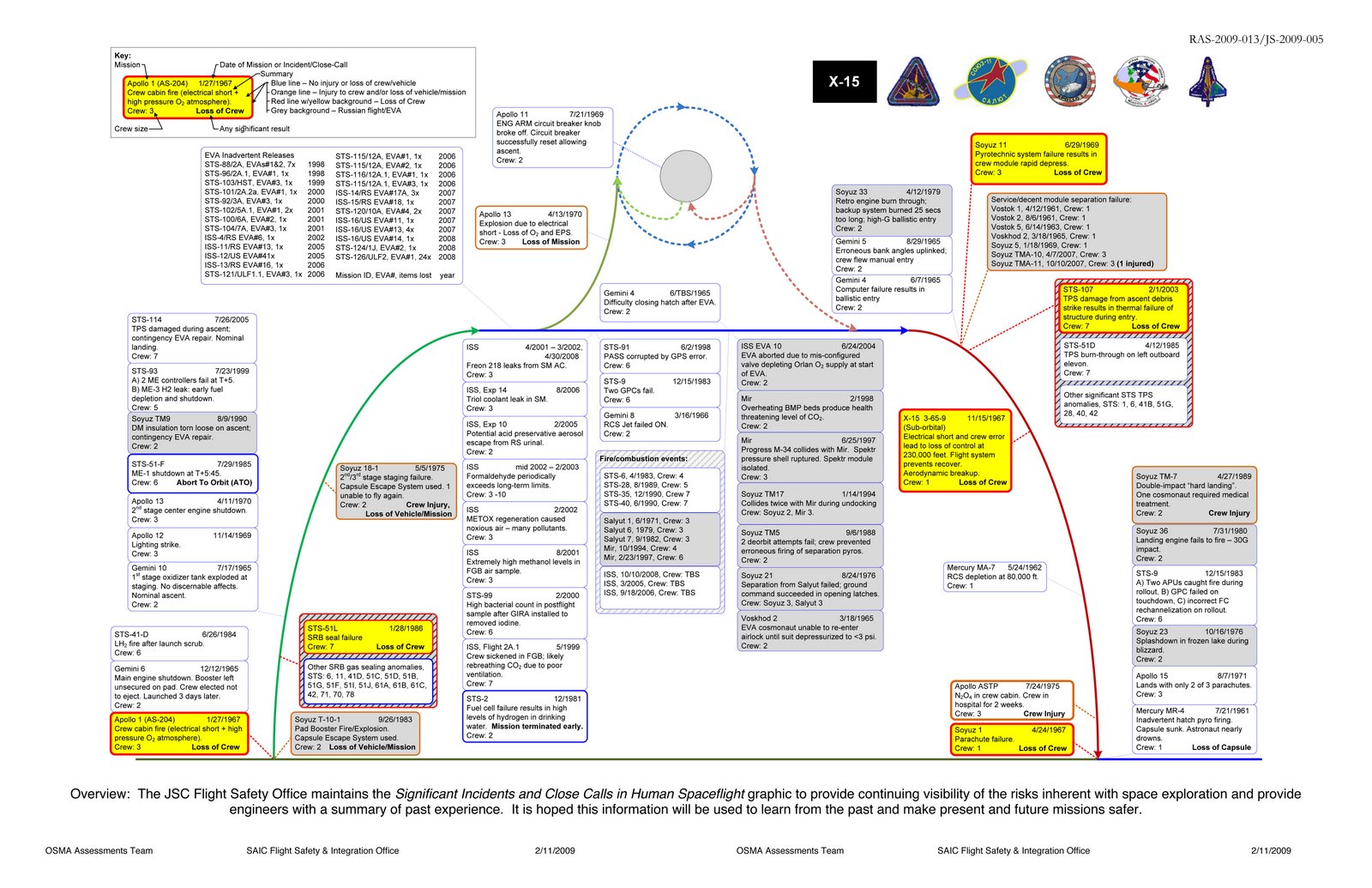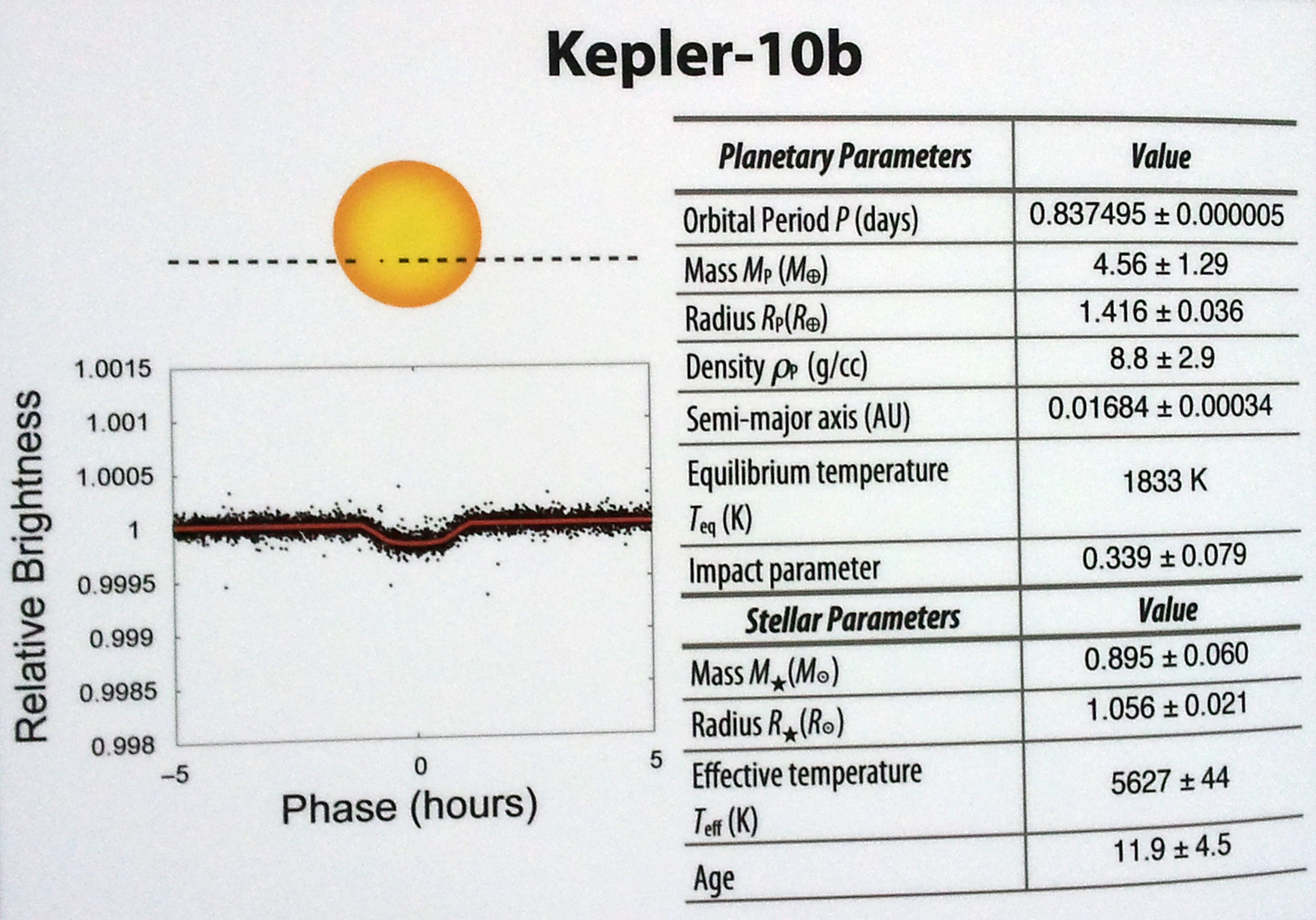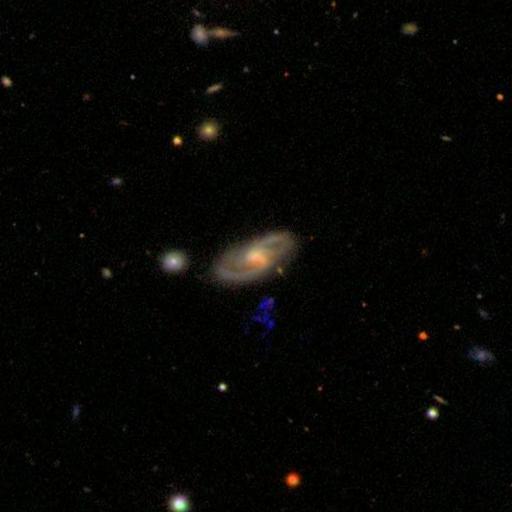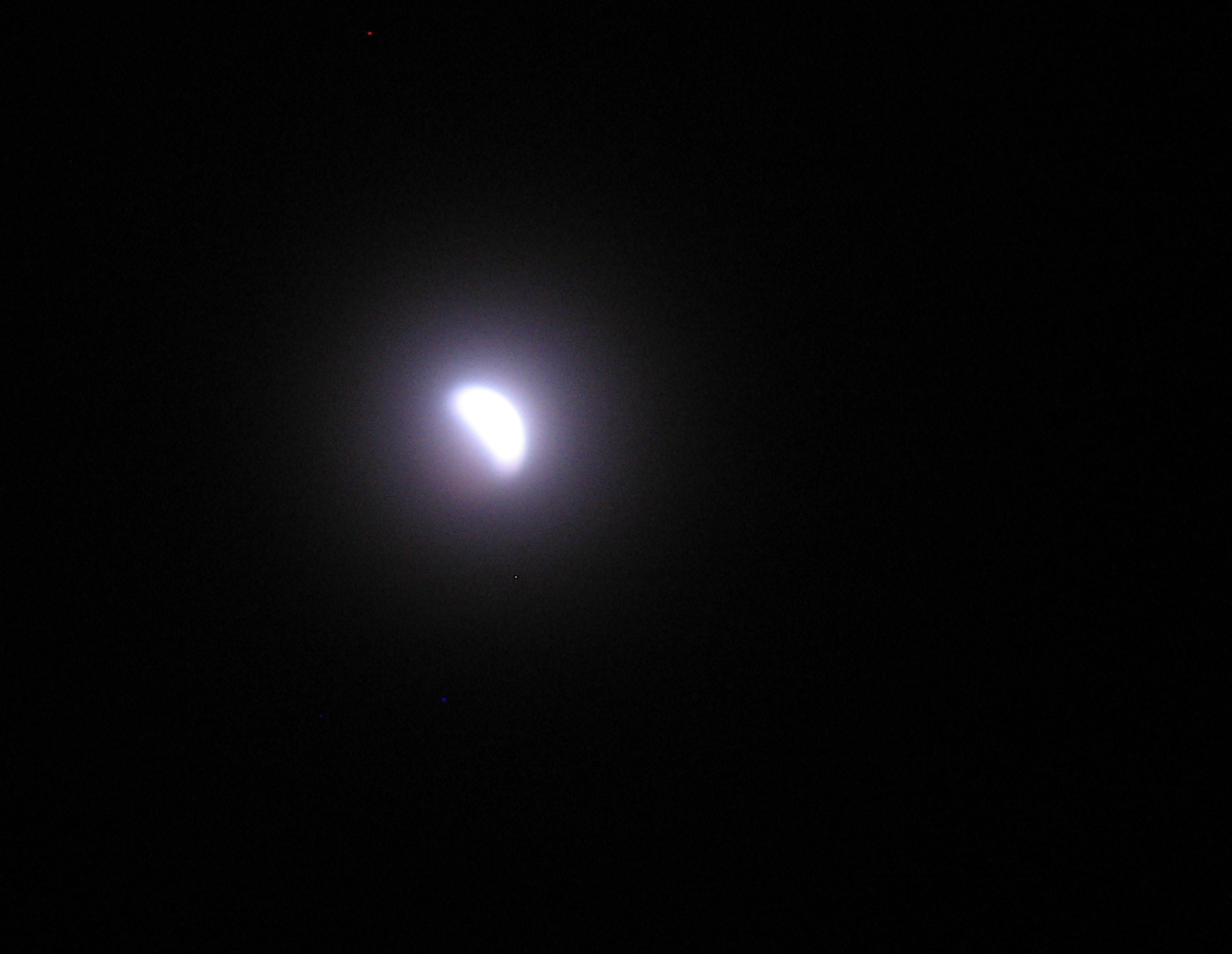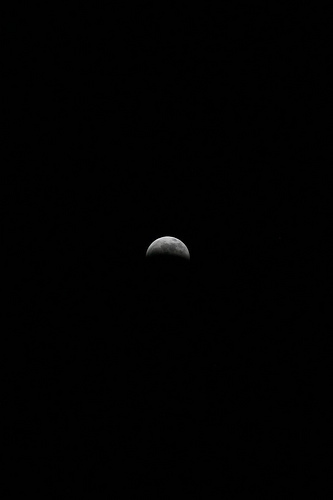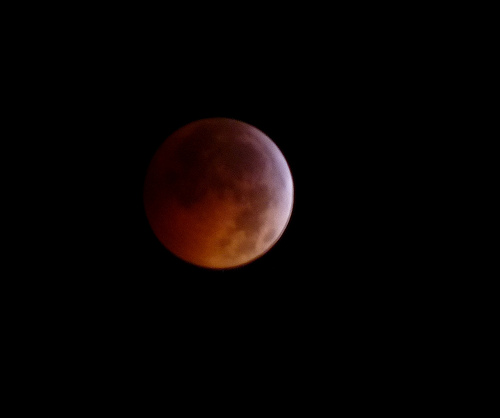Archive for the ‘You Need To Know – but Everyone Else’s Already Posted It’ Category
 Carnival of Space #220
Carnival of Space #220
Don’t miss this week’s Carnival of Space over at We Are All in the Gutter Looking at the Stars. They were thoughtful enough to include me, so definitely go see what everyone else has been up to!
![]()
~ A l i c e !
 Neutrinos Faster than Light?
Neutrinos Faster than Light?
The scientists running the OPERA detector in Italy detected some neutrinos from CERN 60 nanoseconds before photons travelling the same distance would have arrived. Hmm. Such data would indicate that the neutrinos are travelling faster than light. Hmm. Extraordinary claims require extraordinary evidence. These scientists are asking other scientists in the field to find the mistake in their research – so that’s ongoing.
Is This New?
We’ve seen this before. Neutrinos do not interact with anything (pretty much) – they sail through solid rock like it is empty space. Photons do interact, that’s why you can see. Imagine a race between two particle-people “N” and “P.” First, let’s have them both in empty space. They race from the Sun to the Earth (zoom!) and P wins by a bit. So we know P is faster. Now, let’s give P a handicap. P is going to race by swimming through molasses, while N still gets to run the race in empty space. Now who wins? Well, in this case N does, because he’s not hampered by the molasses. It is just like that with photons, they’re slowed down as they interact with matter – the Sun, the Earth, the solar wind, whatever is out there. The neutrinos just zip right through. So neutrinos from the middle of the Sun get to the Earth long before photons from the middle of the Sun – the photons have to get through all that Sun-material first. Neutrinos and photons from the surface of the Sun would arrive at Earth at about the same time though, because it’s mostly just space in between.
Three Ideas
Three ideas about these FTL (faster than light) neutrinos:
1) They’re not faster than light, they’re just not interacting and the light is. This idea is simplistic and too easy for the scientists not to have ruled it out already.
2) Measurement error. As per the Bad Astronomer, these scientists need to measure the distance to within 3 meters exactly. Is that possible? Maybe. If they’re off by more than 3 meters, those 60 nanoseconds are probably just error.
3) The speed of neutrinos is pretty darn close to the speed of light, maybe our measurements before weren’t sensitive enough to pick up that the speed limit of the universe is the speed of neutrinos, not the speed of light. Now we have to go rewrite all of science fiction in addition to all of physics. What a pain.
Pretty much everyone is unconvinced, but no one has come up with a problem in the scientific evidence yet.
Want More?
The Actual Paper (you are unlikely to want to read this)
![]()
~ A l i c e !
 UARS Re-entry
UARS Re-entry
NASA’s UARS (Upper Atmosphere Research Satellite) re-entered the Earth’s atmosphere last night between 8:20pm and 10:10pm Pacific Time. At the time of this writing (2am? Oops), the exact time and location of re-entry are unknown, though NASA says it was over the Pacific Ocean. There were some unconfirmed reports that it fell over northern Canada.
More Interesting
What I found most fascinating is why they were unable to predict the exact decay of this orbit: solar radiation. Solar radiation (think heat from the Sun, though it would be more precise to say photons from the Sun) heats up the Earth’s atmosphere, specifically the upper atmosphere where satellites in Low-Earth Orbit can be as their orbits decay. This heating makes that part of the Earth’s atmosphere both larger and less dense. NASA likens this to a marshmallow being toasted over a campfire. So now your satellite is travelling through a different density of atmosphere, where it will experience more or less drag depending on what exactly is happening between the Sun and the Earth’s upper atmosphere. Complicated, especially if you can’t see that density changing.
Want More?
NASA’s UARS site with the most recent official updates
More about solar radiation and satellite orbit decay
Twitter and Spaceflight Now have more information, but not official information
![]()
~ A l i c e !
 Live Commentary – Last Shuttle Launch
Live Commentary – Last Shuttle Launch
Are you reading this in a pre-coffee haze? Click on this link:
Alice’s Live Shuttle Launch Comments
Here’s what’s happening, if you’re not in the haze of the uncaffinated early morning:
Provided the weather in Florida holds out, I’ll be commenting live about the final shuttle launch tomorrow morning around 7:30/7:45am Seattle time (PDT). I am still here in Seattle, but since the launch is scheduled for 8:26am our time and Pacific Science Center won’t be open yet, I thought we could chat online.
Joining me will be Sarah Culp, planetarium intern, and Ballard High School graduate (class of ’11!). She and her class sent an experiment with e-coli up on the previous shuttle mission. We’ll probably chat about that as well.
If you want to join us, we’ll be on Twitter (AlicesAstroInfo) using the hashtag #PacSciLive, as well as the official launch hashtag #STS135. You don’t have to sign in to Twitter to read the comments, but you do if you want to talk back. You can also leave comments below, on my Facebook page or e-mail me. I’ll be watching all those for questions from you.
Cross your fingers for good weather in Florida!
![]()
~ A l i c e !
 Rare Lunar Eclipse – June 15, 2011
Rare Lunar Eclipse – June 15, 2011
There is an eclipse on Wednesday June 15, being touted as a rare central lunar eclipse. It is – but it is also very similar to the eclipse we had in December. The “rare” part is that it has a whopping 1 hour and 40 minutes of totality (that’s when the whole face of the moon is darkened by the Earth’s shadow). The eclipse we saw in December had 1 hour and 12 minutes of totality.
Unfortunately, the eclipse is not visible here at all – it peaks at 2:15 in the afternoon, and on Wednesday the Moon will not be visible from Seattle at that time. There is an observatory in Israel that will hook up a live feed to the internet if you want to watch on the web.
Most lunar eclipses I’ve seen have had much shorter periods of totality – though it looks like more than an hour is not uncommon. Between the year 2000 and the year 2020, periods of totality last as little as 5 minutes and up to an hour and a half. Usually they seem to be about an hour.
Want More?
http://eclipse.gsfc.nasa.gov/LEplot/LEplot2001/LE2011Jun15T.pdf
http://www.mreclipse.com/Special/LEnext.html
![]()
~ A l i c e !
 Depressing Historic Events in the Space Program
Depressing Historic Events in the Space Program
This is a week of sad anniversaries.
- 1/27/1967 – Apollo 1 lost (Crew of 3 – Gus Grissom, Ed White, Roger Chaffee)
- 1/28/1986 – Challenger lost (Crew of 7 – Dick Scobee, Michael Smith, Judith Resnik, Ron McNair, Ellison Onizuka, Gregory Jarvis, Christa McAuliffe). Reagan postponed his State of the Union address in 1986 to speak in memory of the crew, dubbed the “Challenger 7.”
- 2/1/2003 – Columbia lost (Crew of 7 – Rick Husband, William McCool, Michael Anderson, David Brown, Kalpana Chawla, Laurel Blair Salton Clark, Ilan Ramon). A range of hills on Mars near Gusev Crater is named after the crew, and was later explored by the rover Spirit.
- The other three space missions which ended in loss of life were in April 1967 (Soyuz 1 – Vladimir Komarov), June 1969 (Soyuz 11 – Viktor Patsayev, Georgi Dobrovolsky, and Vladislav Volkov), and November 1967 (the X-15 – Michael Adams).
Diagram of “Significant Incidents”
I know this diagram is complex, but start with the bright yellow boxes – and go from there, although depressing there’s quite a lot if intriguing information packed in here.
I visited the Astronaut Memorial at Kennedy Space Center two years ago, and I hope they never have to add another name to it.
Want More?
If the links to the image don’t work – use this one. Or the source.
![]()
~ A l i c e !
 Caving in to Peer Pressure: Astrology
Caving in to Peer Pressure: Astrology
I wanted to ignore this because it is not new, and not news. Enough people have asked that it is time to weigh in. I REALLY wanted to ignore this.
Astrology is Not Science
Keep your sign. Change your sign. It’s your decision, not science.
I expect voicing this opinion and linking to this article will get me dismissed as lunatic and a scab by all the other astronomers out there, but I’d like to point out I am NOT supporting astrology. I agree with paragraphs 1-5 of the linked article, and ignore paragraphs 6-10 as the usual non-science stuff to which I can’t give merit. This is the key section:
“Back to basics. Astrology works off a mathematically exact zodiac marked out from Zero Point Aries which is a line through the centre of the earth. That zodiac circle divided into twelve equal segments is named after twelve of the eighty eight constellations in the heavens which are roughly in a circle.
“If you think of the astrological zodiac as a map grid reference it helps. Constellations vary enormously in size and distance from the earth so would hardly be useful for accurate predictions.”
-Astrology.com
Astronomy is the science that sprang from the belief system of astrology many, many years ago. Since that time, astrology and astronomy have evolved along separate tracks. Current astronomy has no bearing on current astrology and vice versa, though they share a common ancestor. Just like I’m not going to tell you not to believe in whichever god you prefer, I’m not going to tell you not to believe astrology. I’m just going to say it isn’t science. Neither is the god thing.
So, if you want to know which sign will predict your personality, I can’t help you. That’s their territory, and they’ll say the same sign they’ve always said. You can keep your “sign.”
If you want to know which constellation the Sun is in on the day of your birth, that I can tell you, and it likely is off by about one from the one astrologers give you. It will have no bearing on your personality though.
In short you can keep your sign or change it. You can pick a different constellation entirely if you want. This is a personal decision, with no scientific merit any way you do it.
Some Good Articles
Why are we talking about this now? It seems to have gone viral. Like I said, not news, but an article hit the internet at the right time in the right place, just like rick-rolling and every other meme ever, and now everyone is talking.
Bad Astronomy – Astrological Sign of the Times
Thanks to my friend R.T. for sending me the astrology.com link.
![]()
~ A l i c e !
 Kepler 10b
Kepler 10b
This newly-discovered planet whips round its star in less than an Earth day. Scientists used starquakes (starquakes!) to find out a little more about it, and they found that not only is it tiny, but it is also made of rock, just like our inner solar system.
It is a hot-lava planet.
A Confirmed Rocky Planet
I should mention that this planet is not Earth-like. Over the past couple years I’ve been hearing the phrase “most Earth-like planet ever discovered” bandied about by various news organizations, including some science press releases.
There’s a lot that goes into making a planet Earth-like.
- Size: In the case of Kepler 10b, it is very small, less than half again the size of the Earth. There is nothing in our solar system nearer to this size than the Earth itself.
- Composition: It is also definitely made of rock and metal, like the Earth, but it is denser than the Earth.
- Distance: But, it’s incredibly close to its star, unimaginably closer than Mercury. It takes LESS THAN A DAY to circle its Sun once.
- Temperature: This, paired with the fact that the planet is tidally locked (like our Moon is tidally locked to the Earth – same side always faces the Earth), leads to possibly the hottest planet you’ve ever tried to think about. It is hot enough to melt iron. Not lead, iron. It’s about 1833K (1560C, 2800F).
- Habitable Zone: Kepler 10b is not in the habitable zone. Interestingly, the habitable zone does not imply that the planet is habitable, simply that it could have liquid water – if it had water at all. Kepler 10b’s water would have evaporated faster than you can say “habitable zone” if it ever did have water.
- … and that’s just a few.
Some Stats
Want More?
![]()
~ A l i c e !
 Hanny’s Voorwerp – now in HST!
Hanny’s Voorwerp – now in HST!
In the vein of astronomical objects discovered by amateurs, I’ve got to mention the newly released Hubble image of Hanny’s Voorwerp.
I’ll tell you the story, but first a couple important links:
- Galaxy Zoo (where the Voorwerp was discovered, and you can make discoveries of your own)
- Hanny’s Voorwerp in Hanny’s words
- The comic book (yes, there is now a comic book), Hanny and the Mystery of the Voorwerp
The Story
Once upon a time in 2007, Hanny von Arkel, a Dutch schoolteacher, logged into Galaxy Zoo to help scientists classify some galaxies. She hadn’t been at it very long when she found the picture at left.
She was not the first person asked to classify this galaxy, and not the first person to notice the blue tangled smudge. But she asked what it was – and no one knew the answer.
Another site user suggested calling it Voorwerp – “Object” in Dutch. And thus, Hanny’s Voorwerp was discovered.
In Short
Hanny’s Voorwerp is a light echo. There is a long streamer of gas in and beyond the area of the Voorwerp. When light from a nearby active galaxy hit the gas, it lit up. That’s what we’re seeing now, illuminated gasses.
Hubbly has discovered some new things in the Voorwerp. Notice the orange tip? That’s a collection of previously-unseen star clusters.
The dark “hole” in the Voorwerp is possibly just a shadow cast by something much closer to the galaxy, not a feature of the Voorwerp.
It is located in Leo Minor – R.A. 09h 41m 03s.80, Dec. +34° 43′ 34″.21
In Detail
Light Echoes –
Light echoes are awesome, and if you check back this evening, I should have a little animation.

Animated Explanation of a Light Echo - Distances/Sizes/Time NOT to scale, and this is an explanation of a light echo, not necessarily exactly the scenario for the Voorwerp. Animation by me.
Light, albeit the fastest traveler in the universe, takes a while to get between places. The light left the galaxy on its way to the Voorwerp, and while it was still in transit, the source “turned off.” That’s fine, and didn’t affect the light that was already in transit. As soon as that light reaches the Voorwerp it lights it up or excites the gas in the Voorwerp. So the Voorwerp starts emitting light too. A little later, on Earth (probably before people were observing the sky), the original light from the galaxy arrives, and we can see the galaxy (but not the Voorwerp). The light from the Voorwerp is still travelling towards up. At this point, there is no longer any light lighting up or exciting the Voorwerp, so it to goes dim. A bit later the light from the Voorwerp finally reaches Earth, long after we have observed the galaxy dimming to normal levels, leaving us with a picture of an illuminated Voorwerp, and no apparent source of illumination.
V838 Mon is another example of a light echo.
Want More?
![]()
~ A l i c e !
 Solstice Lunar Eclipse, 2010 — from Seattle
Solstice Lunar Eclipse, 2010 — from Seattle
Update: Here’s a better picture of the eclipse from Seattle, taken by my husband through one of the tiny thinner spots in the clouds. You can see the signature red color of a total lunar eclipse. I’d say you can see it “distinctly,” because as an astronomer I’d call this “bright red” but I know that the real world calls this “tinged with orange… if you look hard enough.”
In Seattle we have distinct amounts of cloud-cover, not uncommon for this time of year. Despite this, I did see part of the eclipse tonight!
My (not-so-spectacular) photographic proof:
What’s So Special About this Lunar Eclipse?
From my point of view, it’s how long totality lasts – 1 hour and 12 minutes. Most lunar eclipses I’ve seen have less than ten minutes of totality, if any. Hmm, it looks like my estimation of lunar eclipses that I’ve seen is off – they often have 30-60 minute of totality. There’s also the cool coincidence that today (Tuesday the 21st) is also the Winter Solstice for the Northern Hemisphere. Neat.
Better Photos
Here’s a roundup of photos and links to other post-eclipse posts. I’ll update again in the morning, so check back. Updated!
Local
Greg Scheiderer of Seattle Astronomy Examiner has been following the story of the eclipse, and has a picture of the Moon itself from before the eclipse. Update: And this morning he has a post up about his experience here in town.
Update: Joshua Trudjillo of the Seattle P-I caught a surprisingly clear picture of last night’s eclipse. Better than anything else I’ve seen through the clouds. I don’t know how he did it. Joshua, do you have a magic clouds-be-gone spray I should know about?
Update: West Seattle Blog rounded up 3 more clear pictures of the eclipse as it was moving through the partial phases into the total eclipse.
Farther
Update: My friend Rob Sparks in Arizona has some great pictures.
Universe Today will probably have a post later this morning. Update: As I suspected, Universe Today has a great compilation of beautiful images from around the world.
And here are a few for your enjoyment:
Want More?
Mr. Eclipse (Fred Espenak) is the most thorough and accurate cataloger and calculator of eclipses. He also has lots of good photos, diagrams and explanations.
As his site is down right now I’ll temporarily share his diagram of tonight’s eclipse. I can’t look up whether this is fair-use, because I think his site was crashed because of too much traffic. If I can’t confirm that this is okay with him tomorrow morning, I’ll be taking this picture down again.
Update 12/21 noon: I still can’t access his site, so I’m taking the picture down until I can make sure he doesn’t mind.
![]()
~ A l i c e !
